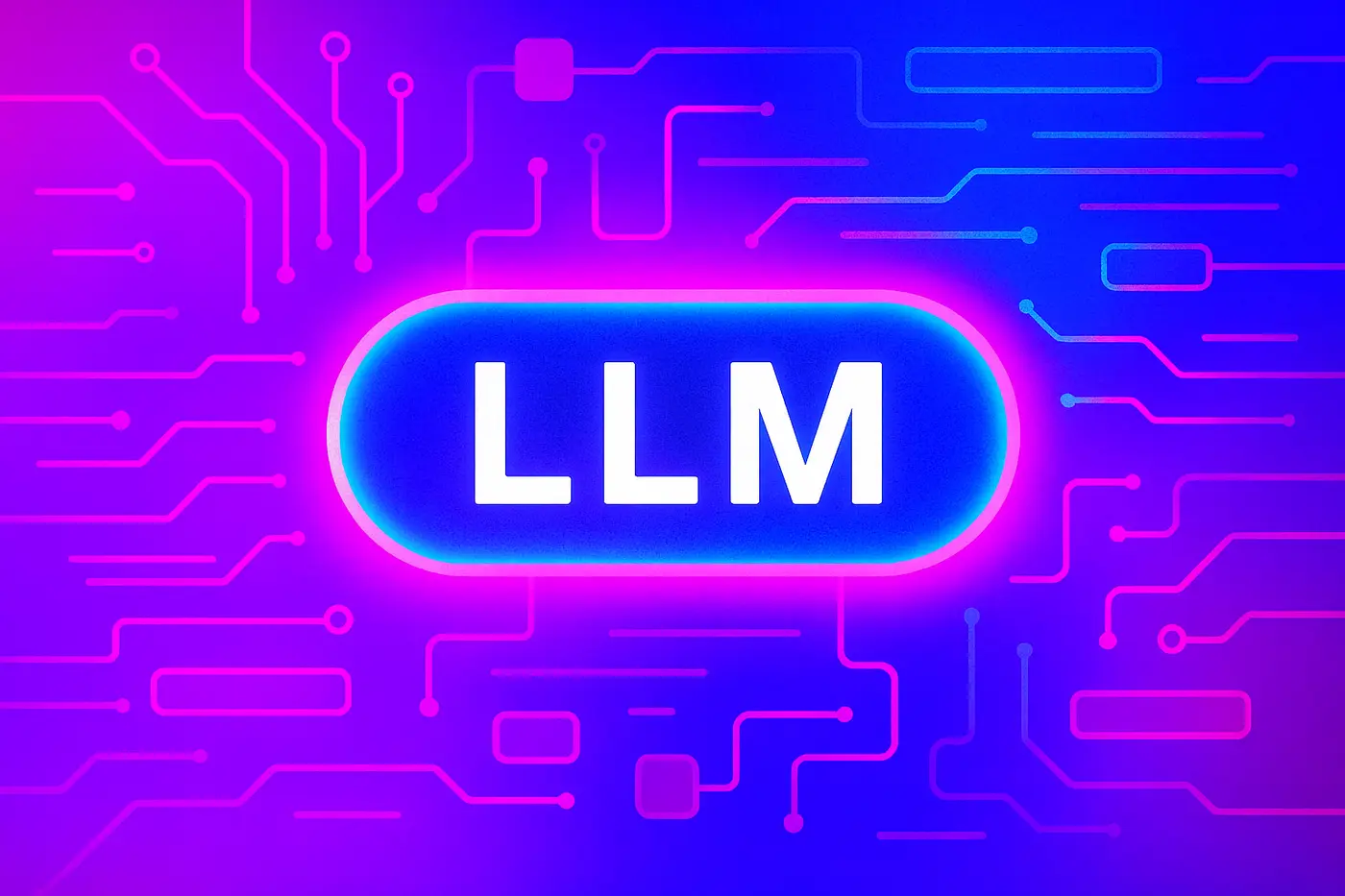Glossary - Large Language Model
This glossary provides an examination of Large Language Models (LLMs), powerful tools for understanding and generating human-like text. We'll cover their process, benefits, and methods in a straightforward, easy-to-read format.
What is Large Language Model?
LLM is a type of AI designed to understand and create text that feels natural, like writing or answering questions. Think of it as a smart librarian, fine-tuned by settings like model architecture or training data size. These settings, chosen before training, shape how well the model processes language.
How Does Large Language Model Work?
LLMs are trained on massive amounts of written text to learn how to process and produce text. They initially look at patterns, for instance, grammar or how words relate to one another. They then use techniques like transformers, which predict the next word in a series of words, or fine-tuning, which polishes specific skills. The model's output is set alongside real text to check for accuracy. This goes on until the model produces coherent, human-like text while balancing quality and speed.
Key Features
LLMs process complicated language activities, conform to particular contexts, and operate under constraints such as processing speed. They accommodate approaches such as transfer learning, recycling knowledge for efficiency.
Benefits
They improve communication, automate text tasks, and provide consistent results. Sophisticated LLMs can process language at a much quicker rate than older techniques.
Use Cases
LLMs power virtual assistants, customer service automation, report generation, and assist in education, especially for projects involving natural language understanding.
Types of Large Language Model
Different types of LLMs are built for specific tasks, depending on resources and language needs, so it is worth exploring each approach.
Transformer-Based Model
These utilize layered networks to process sequences of text, exceling in comprehension of context. They're perfect for general tasks but require a lot of computing power.
Encoder-Only Model
This type focuses on understanding text, for example, sentiment classification. The models are good at analysis but bad at generating long responses.
Decoder-Only Model
They write text step-by-step, which is ideal for chatbots or writing. They're general-purpose but may be slower for complicated tasks.
Encoder-Decoder Models
These models integrate comprehension and generation and are thus apt for tasks such as translation or summarization. They're very flexible but need a lot of computational resources.
Sparse Models
They only engage specific parts of their structure, which saves computing power. They're appropriate for large-scale applications but can be complex to develop.
Mixture of Experts (MoE)
They utilize expert sub-models for various tasks, enhancing efficiency and scalability. They are high-performing but difficult to train.
Knowledge-Enhanced Models
With the inclusion of external data, like facts or databases, these models produce accurate, context-heavy outputs. They're perfect for niche subjects but are dependent on outside data sources.
Lightweight Models
Developed for use in low-resource settings, like mobile devices, these models are both efficient and fast. They may not, however, have the power to extend to more complicated tasks.
How to Choose the Right One
The best-fit LLM is a function of your project resources and objectives. Consider the kinds of tasks, computing power, data needs, speed, and target accuracy. For simple tasks, less complex models like lightweight LLMs suffice, but for advanced demands of language, transformer-based or MoE models fit better, especially when there are no resource constraints.
With the right selection of LLM, one can attain effective, efficient, and understandable language processing.
